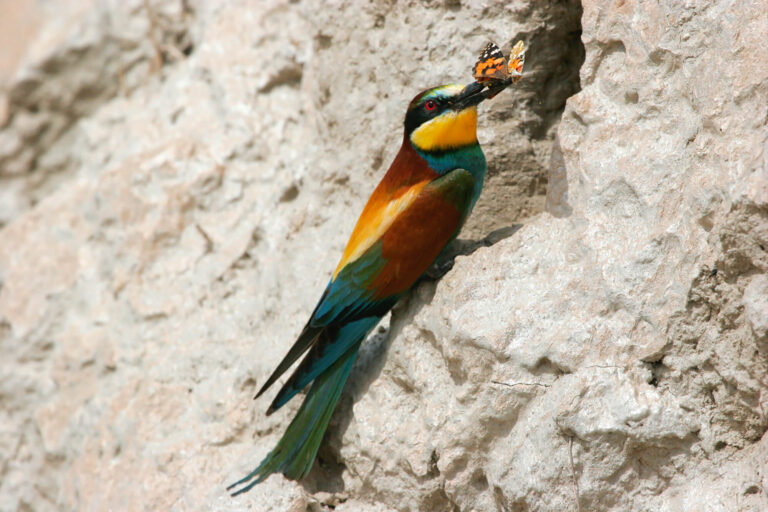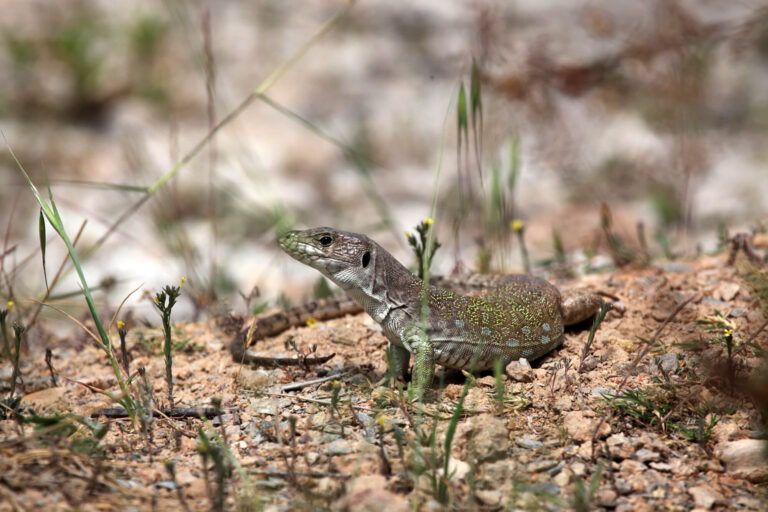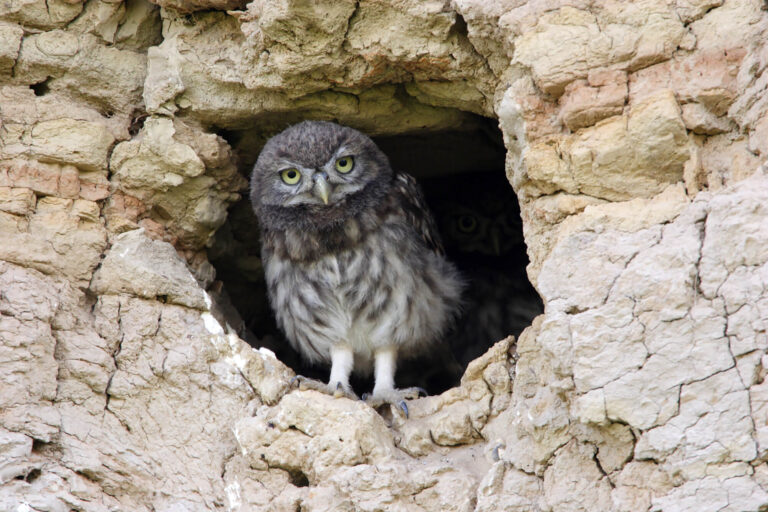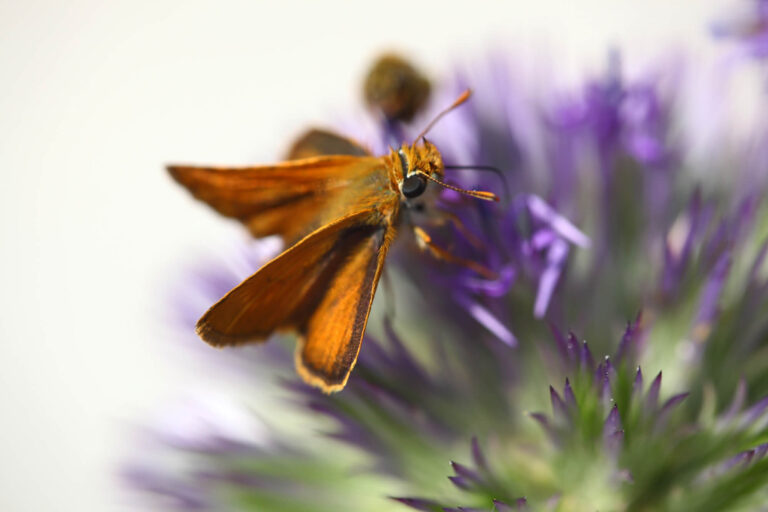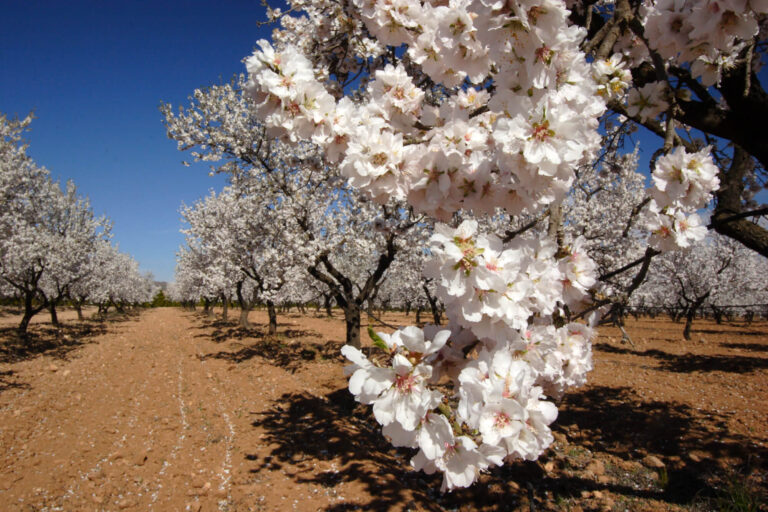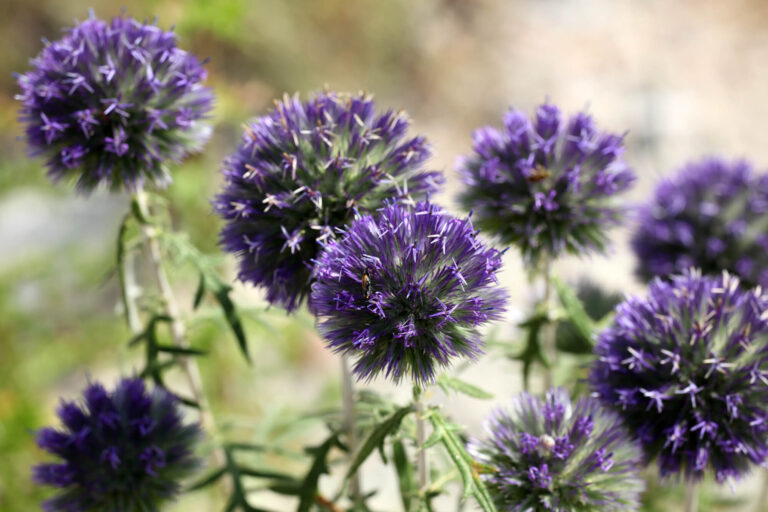Nature and landscapes
- History
- Monuments and sites
- Nature and landscapes
- Gastronomy
- Holidays and traditions
- Active tourism
- Q of quality
- Blue flags
- Weather
Mazarrón bay is hugged by wild and Mediterranean hills, a belt of majestic austerity that has become into an authentic refuge for fauna, flora and bends to get lost.
Unspoiled coast
Mazarrón has 35 km of coast, with beaches of fine sand and numerous unspoilt coves, with a beauty of natural surroundings and seabeds. The most important coves are Cala Amarilla, Grúa beach, Parazuelos, Cobaticas, Percheles, etc.
There are also urban beaches, such as La Isla beach, Bahía, Nares, El Castellar and Bolnuevo.
Seabeds
Seabeds in Mazarrón are considered to be one of the best in southeastern Spain, with underwatercaves and an excellent conservation of marine flora and fauna.
Its assets include the Marine Reserve from Cabo Tiñoso and the great escarpment of Mazarrón, a true underwater highway, perfect for big cetacean sighting purposes, as well as watching other marine species just three miles away from the coast.
Mazarrón also has a great quality offer of diving centers for underwater life exploration.
Bolnuevo erosions
One of the most singular and known landscapes in the bay is the so-called Bolnuevo erosions. They are formed due to the erosion of wind and water for millions of years. The erosion plus the specific characteristics of the sand, white and fine, create a particular landscape in the area.
Recently, it was awarded the Natural Monument of the Region of Murcia distinctive.
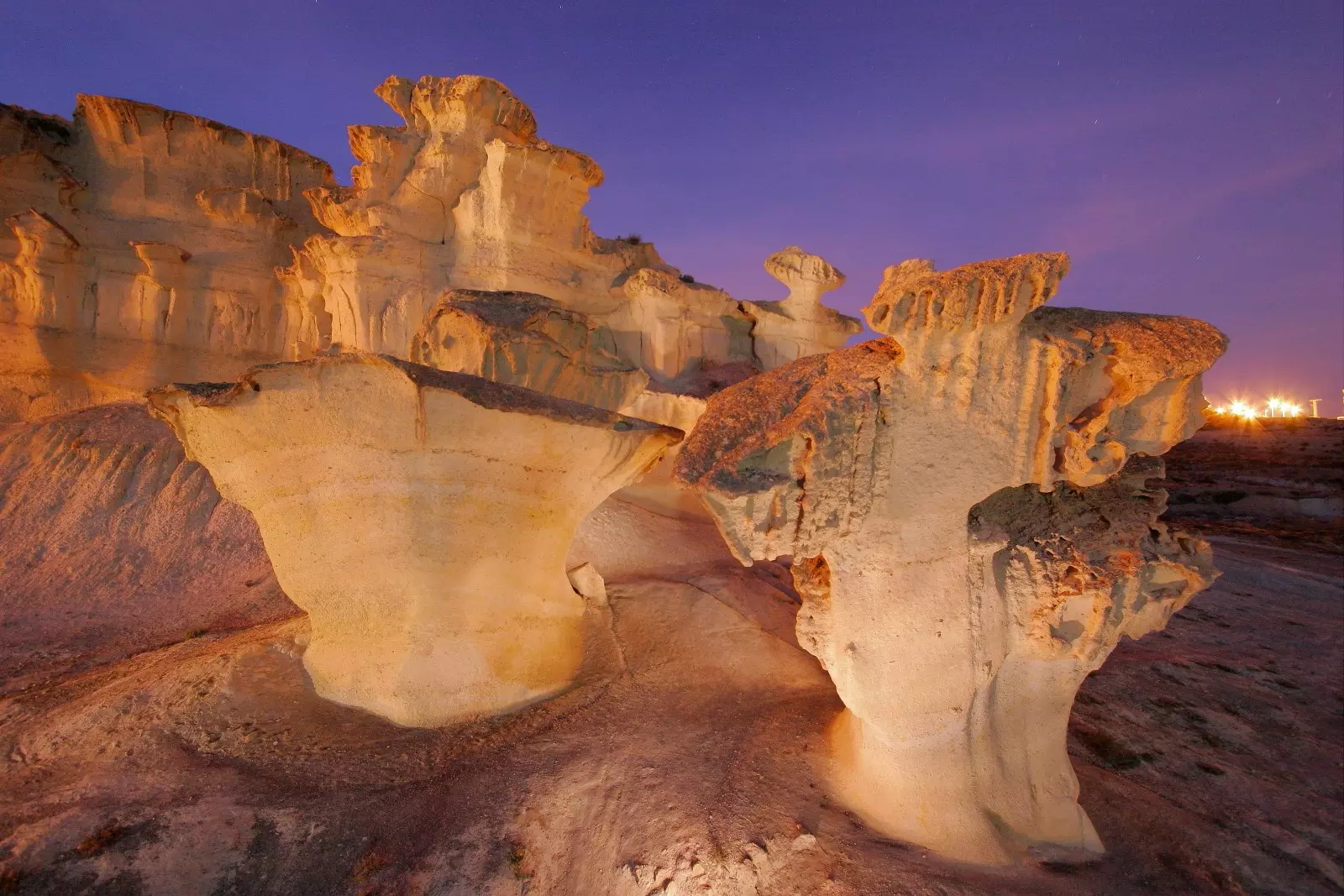
Sierra Moreras Mountainss and the Muela
There are also landscapes of exceptional beauty in the inner part of the region, such as Moreras mountains and the Muela (Tiñoso Cape).
There we can find some flora like thyme, rosemary, cotton lavender and other typical aromatic plants from southeastern Spain.
Typical fauna is composed of rabbits, hares, foxes, lizards or moorish turtles; some of them are protected species.
Those mountains are the nexus of the cliffs where coves are located, as well as the mesetas where agricultural products were cropped; there are still some vestiges, like old wells and remains of rural homes, occupied until the mid-70’s.
The lagoons of the Moreras
There are no rivers in Mazarrón, but a lot of watercourses do exist; in some seasons of the year, rainfalls accumulate in these roughnesses, just like the Moreras, that runs into near Bolnuevo.
With a surface of 58.6 ha, it is comprised of three lagoons in the riverbed of the watercourse of Las Moreras, with a permanent stream of water. In the river banks, Reedbeeds and tamarisks grow, forming an impassable barrier.
In the headwaters of the lagoons there is some typical flora from the Spanish Mediterranean, with their respective habitats of communal interest. There is also a colony of migratory birds with ducks, herons, egrets, ibises, avocets and godwits.
It is an ideal place for aquatic bird watching.

